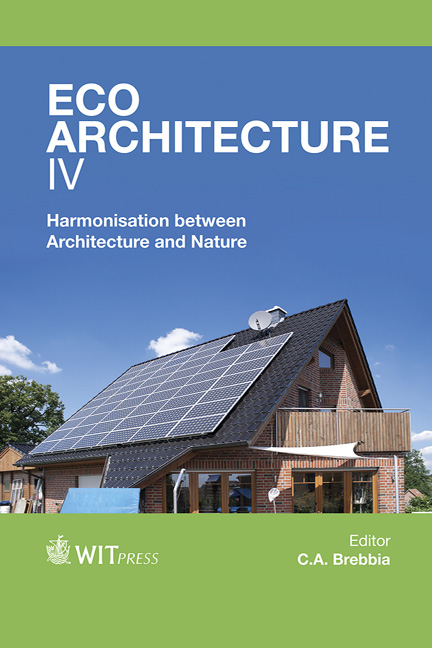Comparing Energy Signature Analysis To Calculated U-values In Wooden Houses In A Cold Climate
Price
Free (open access)
Transaction
Volume
165
Pages
9
Page Range
411 - 419
Published
2013
Size
829 kb
Paper DOI
10.2495/ARC120361
Copyright
WIT Press
Author(s)
G. Nordström, S. Lidelöw & H. Johnsson
Abstract
In Sweden the housing sector stands for about 40% of energy usage. About 20% of total energy usage goes to heating and hot tap water. Since 1920, the dominant building technology for single family houses in Sweden is a light timber-frame structure with studs at even spacing. This study aims to investigate how the static energy signature model can be used to estimate the effective U-values in existing wooden buildings and compare them to calculated U-values based on the thermal properties of the building parts. The results show that the energy signature model gives reasonable estimates of the U-value in a building. It is important though that a large difference in temperature can be achieved. Keywords: energy signature, building energy use, houses in cold climate, average U-values.
Keywords
energy signature, building energy use, houses in cold climate, average U-values





